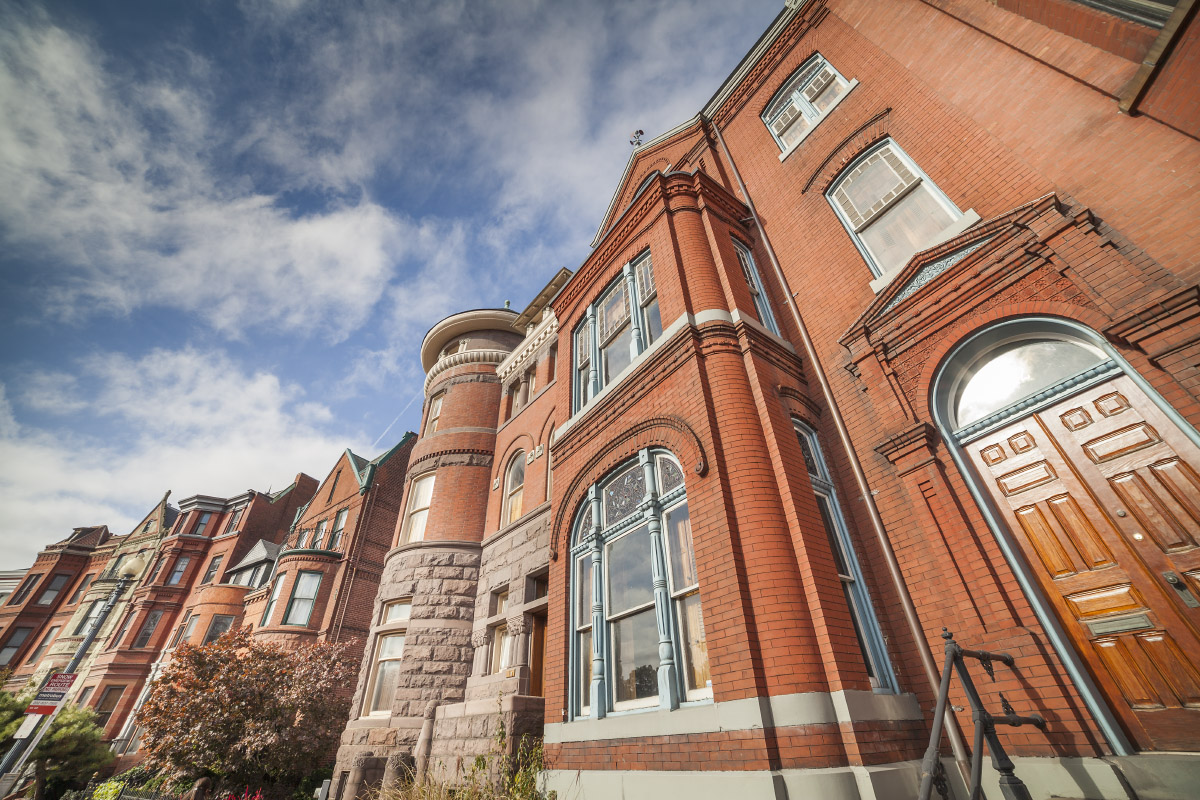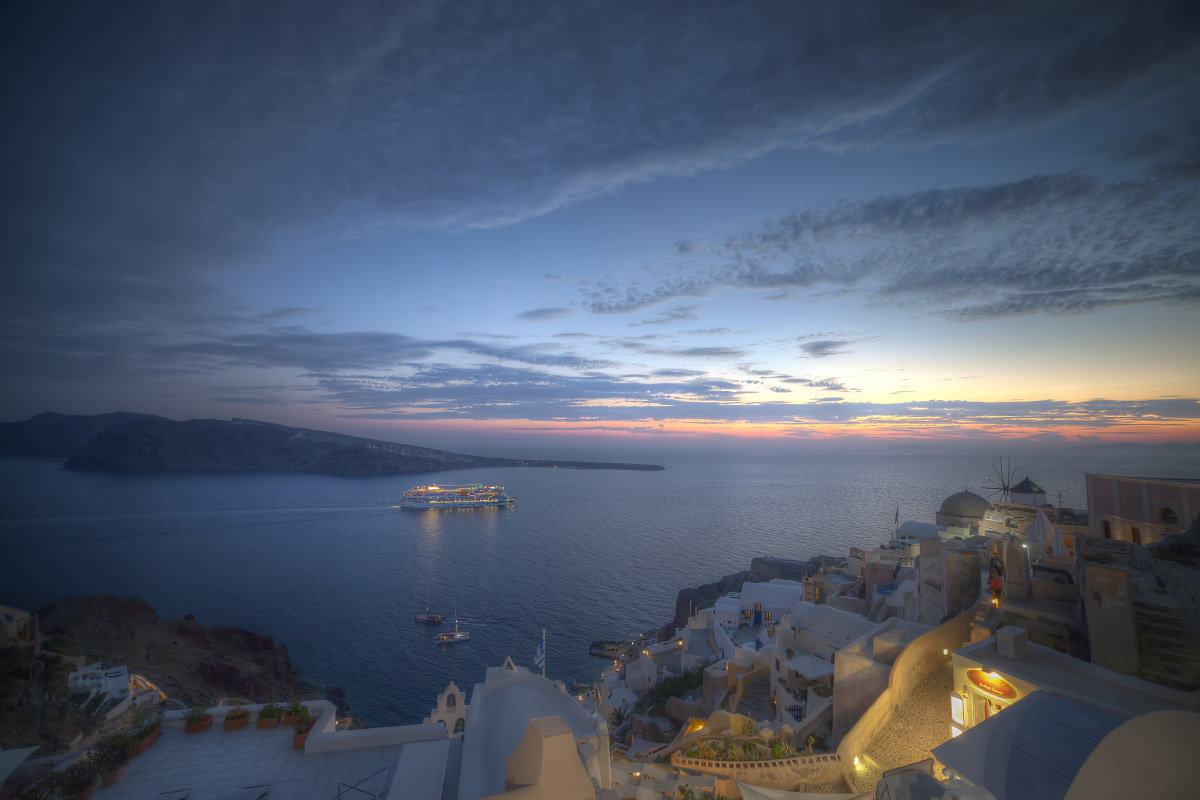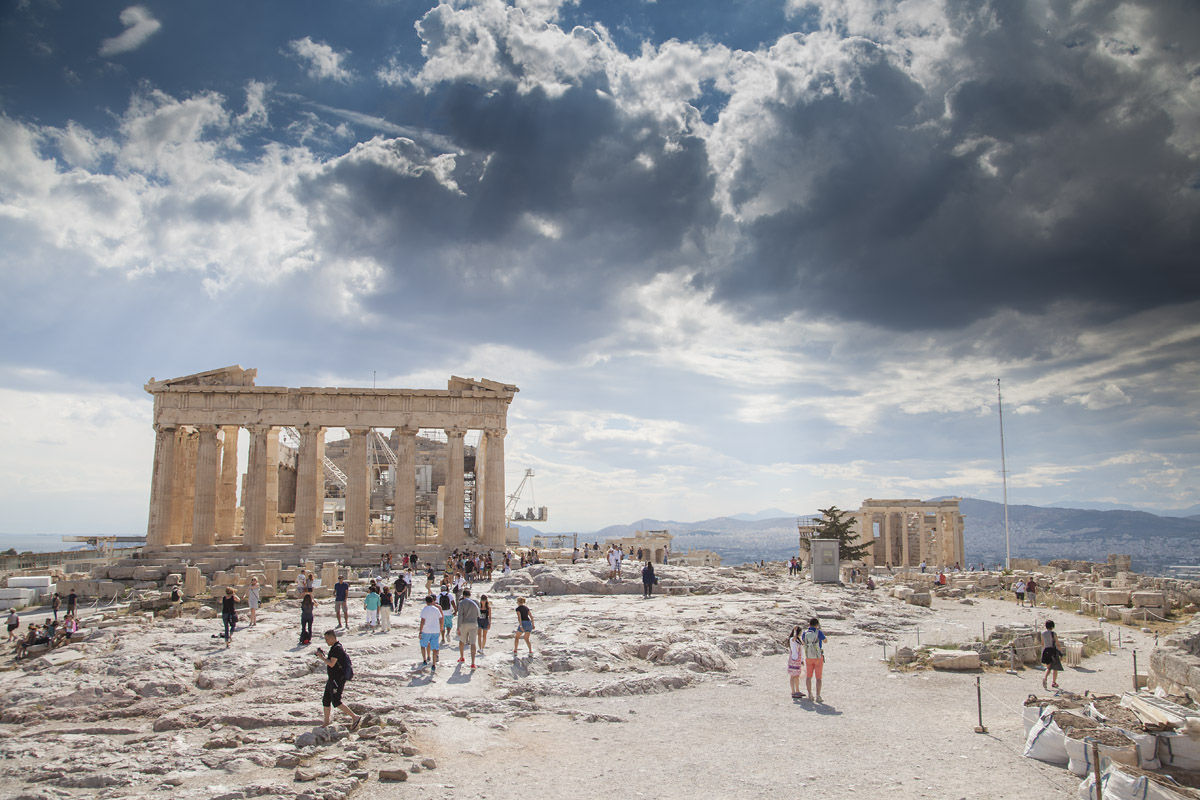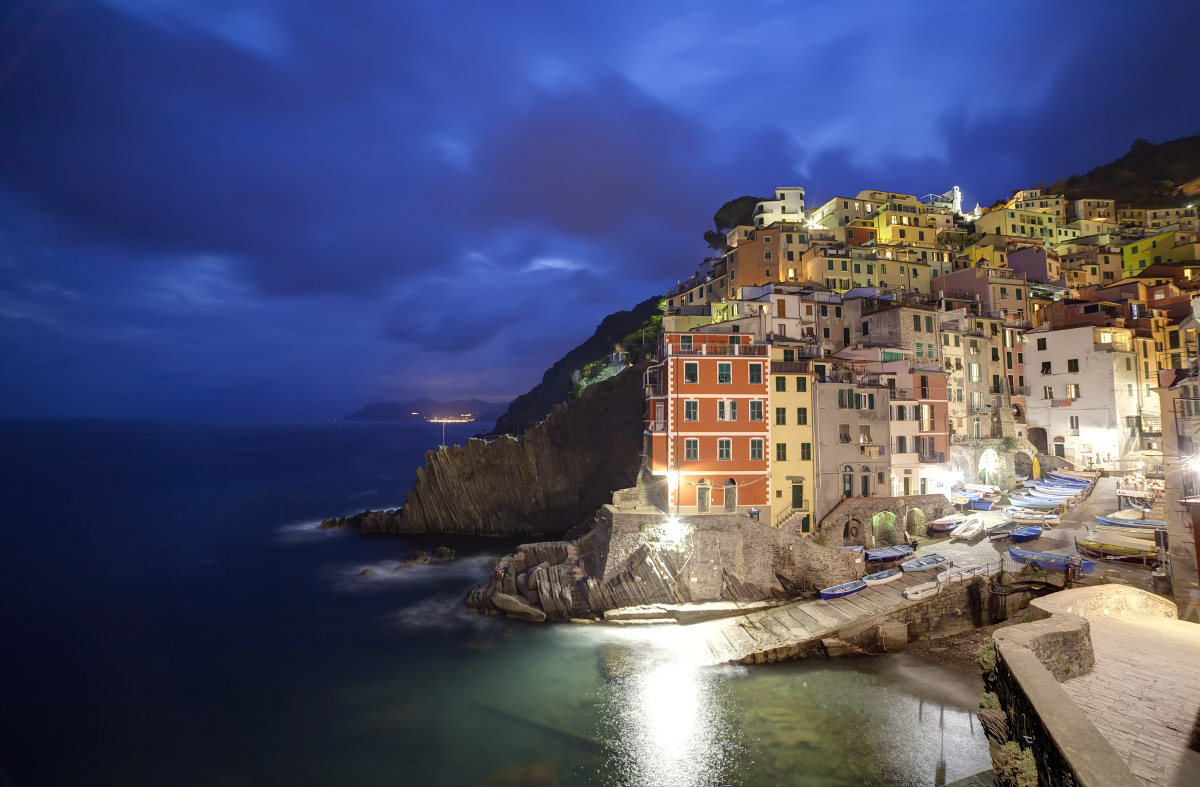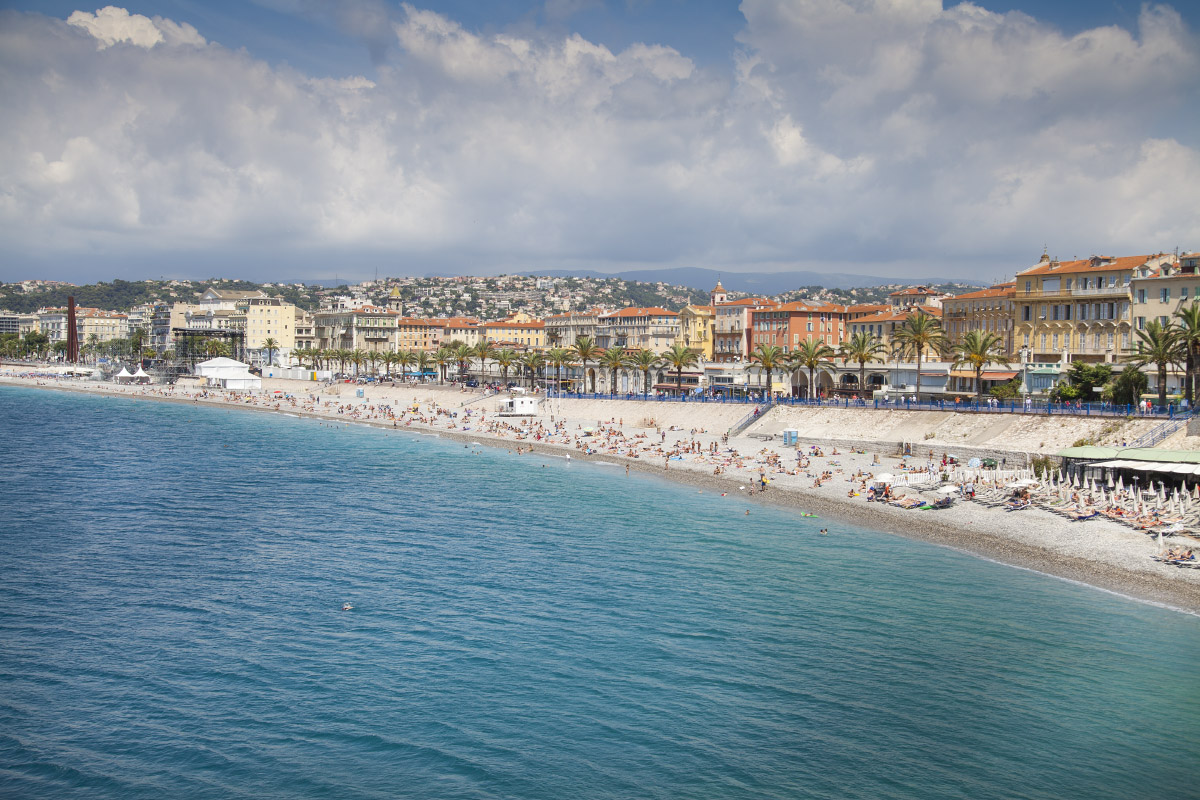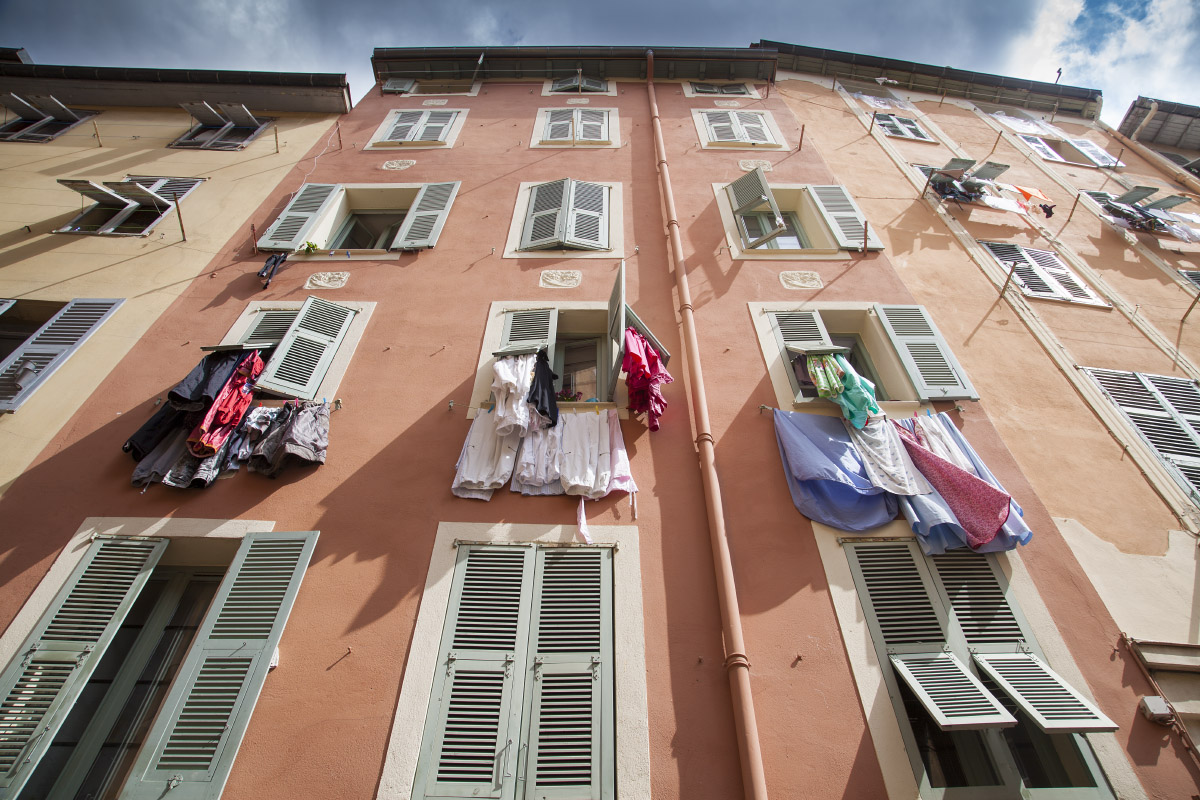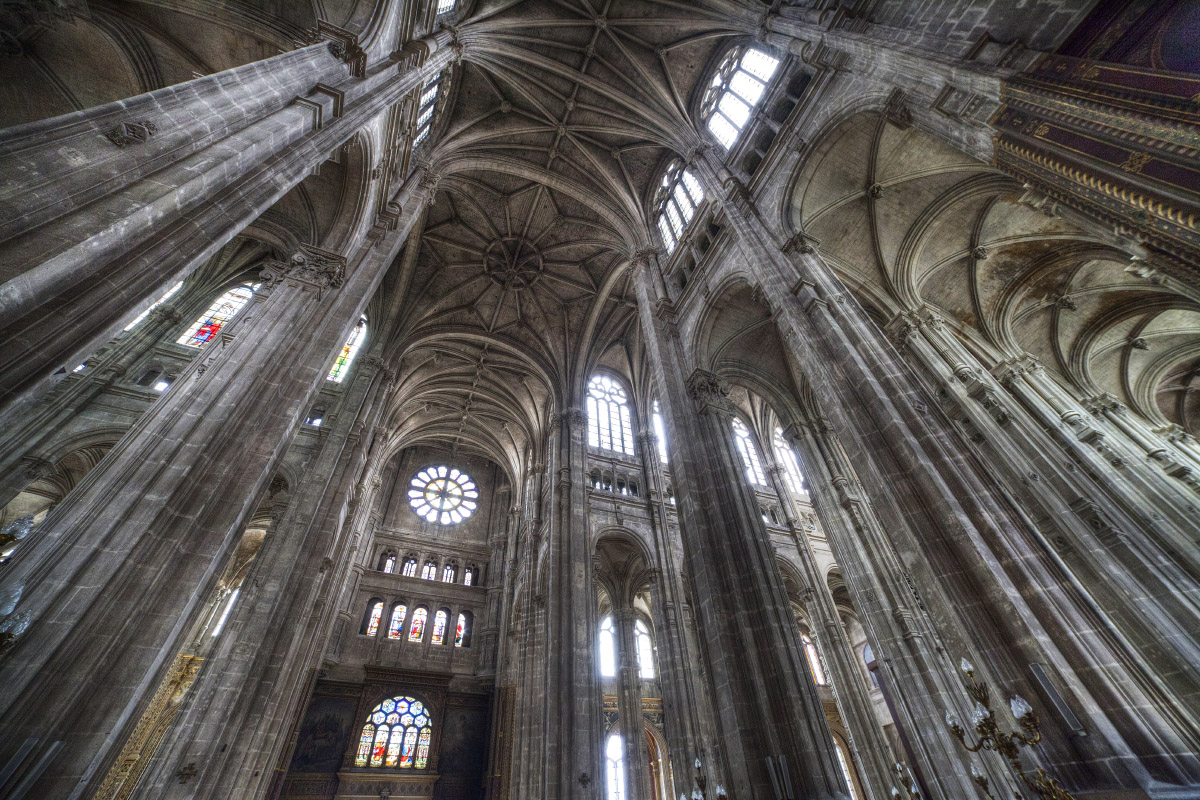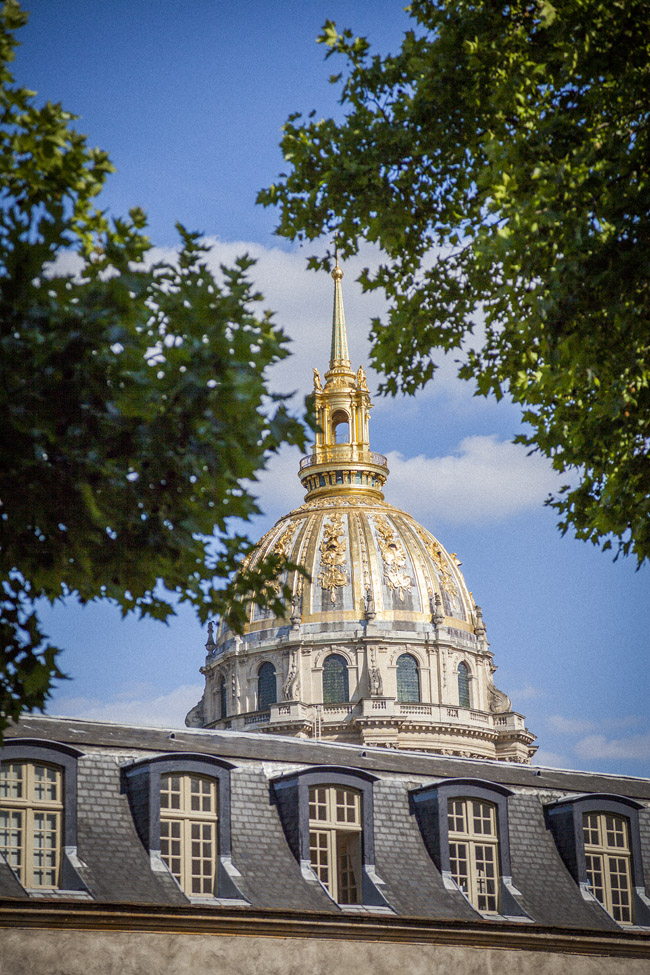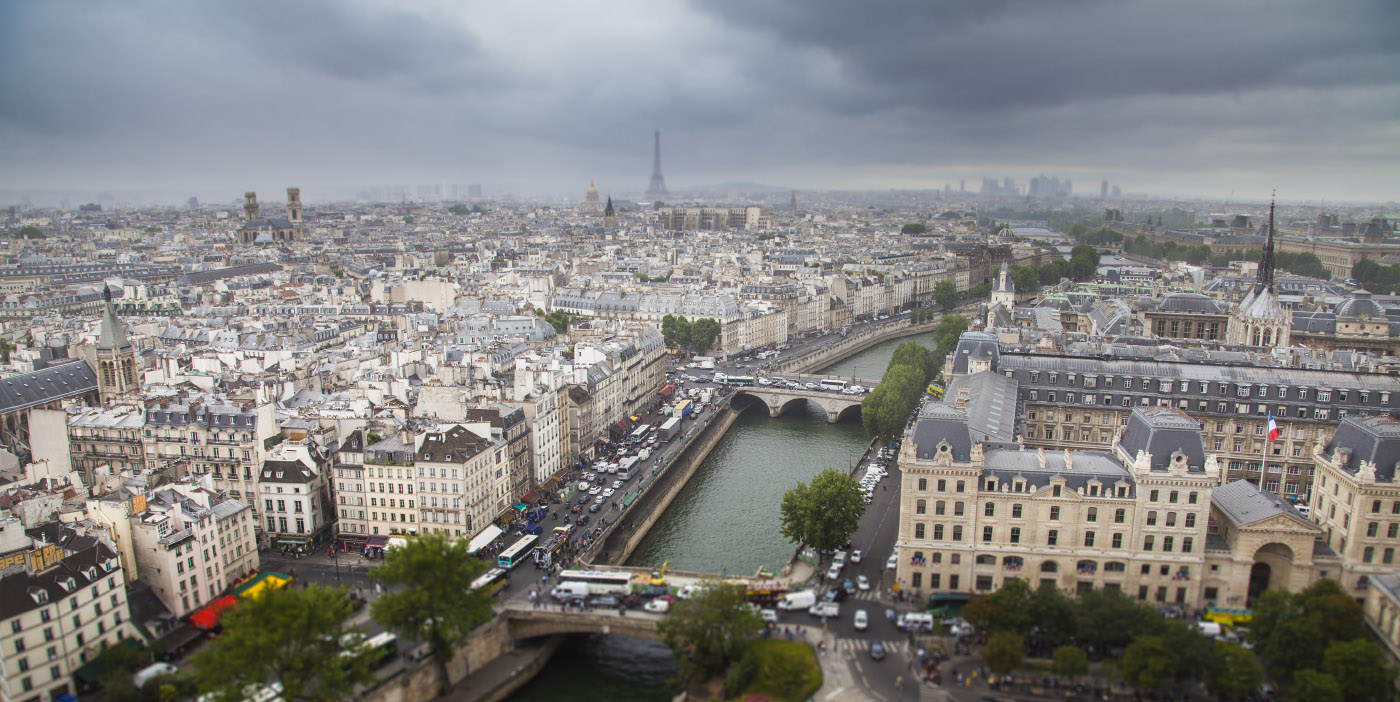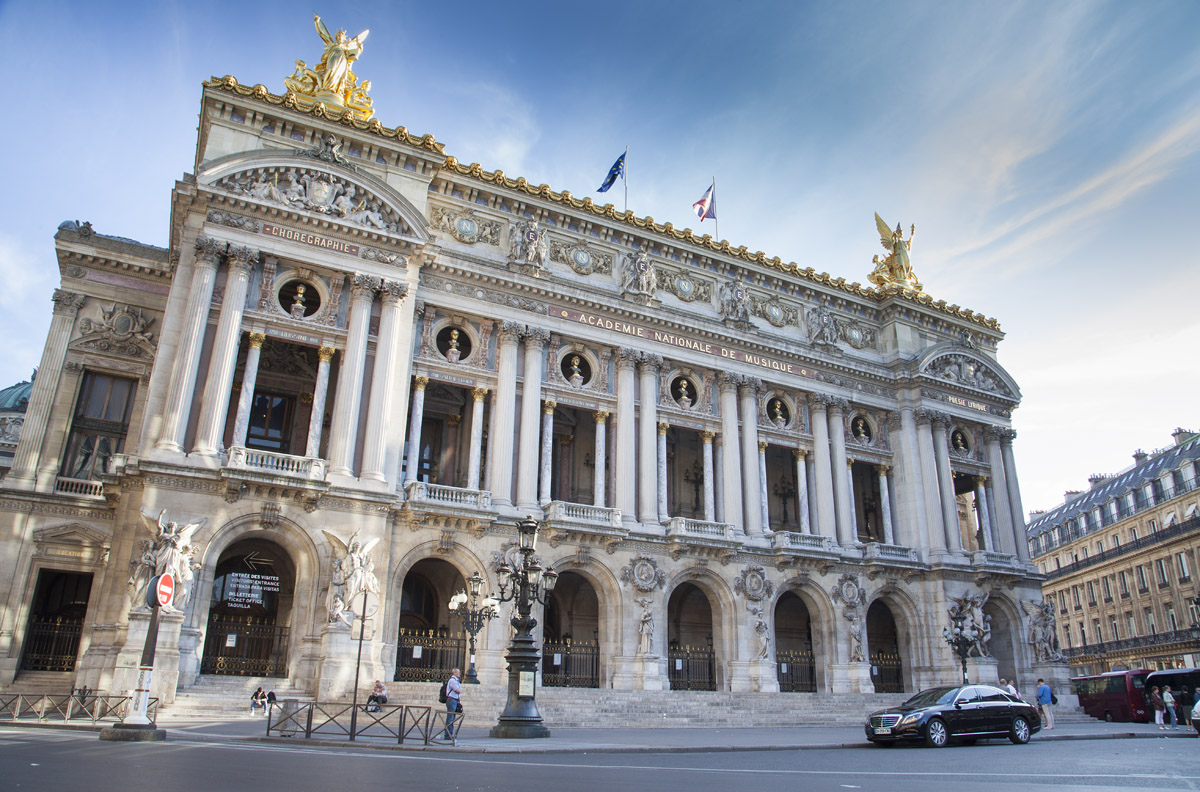There was no city more important than Philadelphia during the birth of the United States of America. From the initial meetings of the Continental Congress in 1774 to the signing of the Declaration of Independence 3 years later, Philadelphia seemed like a natural capital for the new nation. For 10 years congress indeed met here, until creating a federal district in Washington in the year 1800.
As much of American revolutionary history is indebted to Philly, a square mile of land in the city center full of georgian/colonial architecture dating back to that era. Independence Hall (1753) is the star attraction where the most pivotal moments in the country’s history played out, but you can also sit in the pew of Christ Church (1744) where George Washington sat on Sundays when he was the first president of the United States, or gaze upon the first national bank of the United States (1791).
With all that said – that was over 200 years ago. Philly has changed a lot since then. From the bustling Great Migration in the first half of the 20th century, to the decline of the city’s economy in the 60’s, 70’s and 80’s, the city now feels right where it should be. It’s a city that knows it’s been through a lot; its gritty and often tattered, but walks with a prideful swagger. Click Here for a short look at Philadelphia.








